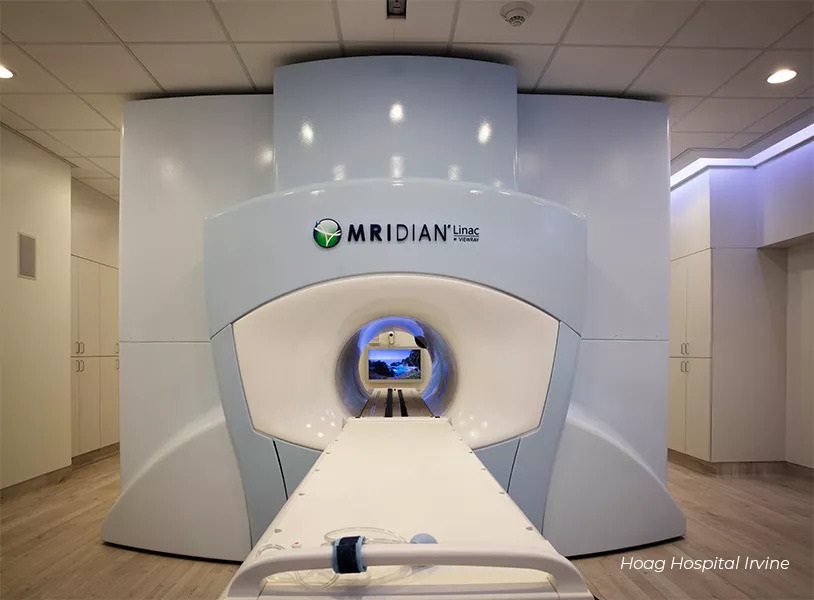MR-Guided Radiotherapy Demonstrates High Accuracy for Intracranial Stereotactic Radiosurgery
Posted on 04 Oct 2023
In the past, MR-guided radiotherapy (MRgRT) has shown enhanced capabilities for visualizing soft tissue and the usefulness of online adaptive radiotherapy for treating malignancies in the abdomen, chest, and pelvis compared to CT-based image-guided radiotherapy (IGRT). However, the application of MRgRT in treating intracranial cancers and especially in stereotactic radiosurgery (SRS) hasn't been extensively reported. Now, a new study has shown promising outcomes when using intracranial SRS for an MRgRT system.
The study, led by radiation oncology physicists at Miami Cancer Institute, part of Baptist Health South Florida (Coral Gables, FL, USA), demonstrated positive accuracy through an end-to-end hidden target test to quantify the imaging, planning, and delivery coincidence of an MR Linac system, ViewRay MRIdian. For their study, the team developed an in-house MR head phantom to simulate SRS procedures for brain tumors. Specifically, they simulated intracranial spherical targets, an irregularly shaped target, and a target abutting the brainstem. Their findings showed that the treatment could be delivered with up to 99% accuracy.

Following the successful demonstration of the ViewRay MRIdian's ability to deliver treatment within a 1 mm setup margin, this innovative technique is now being used to treat brain cancer patients at the Miami Cancer Institute. Using the onboard MR image guidance of the MR Linac system, the team has observed that a patient's tumor size could change during a short 3-fraction radiosurgery course. Remarkably, it is possible to visualize daily changes in tumor volume even during the short 3-fraction treatment period.
“This work enables the utilization of novel MR-guided radiotherapy technology for intracranial SRS, which has not been used with MR Linac systems,” said Nema Bassiri, Ph.D., radiation oncology physicist with Miami Cancer Institute. “In the future, we will see more studies that investigate the benefit of using MRIdian for stereotactic radiosurgery. This study will help advance the community by providing a blueprint to implement MR-guided SRS program for anyone who is interested in utilizing this treatment technique.”
“This research will help us better understand how these tumors change (including tumor progression), and the role of adaptive radiotherapy which adjusts the radiation to account for these changes to enable more precision,” said Kathryn Mittauer, Ph.D., lead physicist for the MR-guided radiation therapy program with Miami Cancer Institute. “In the field of radiation oncology, this is revolutionary as we assess the frequency of these anatomical changes and how this will inform us for even other radiation choices.”
Related Links:
Baptist Health South Florida














